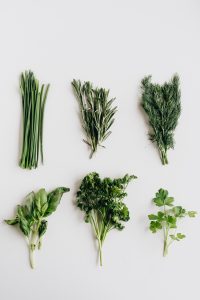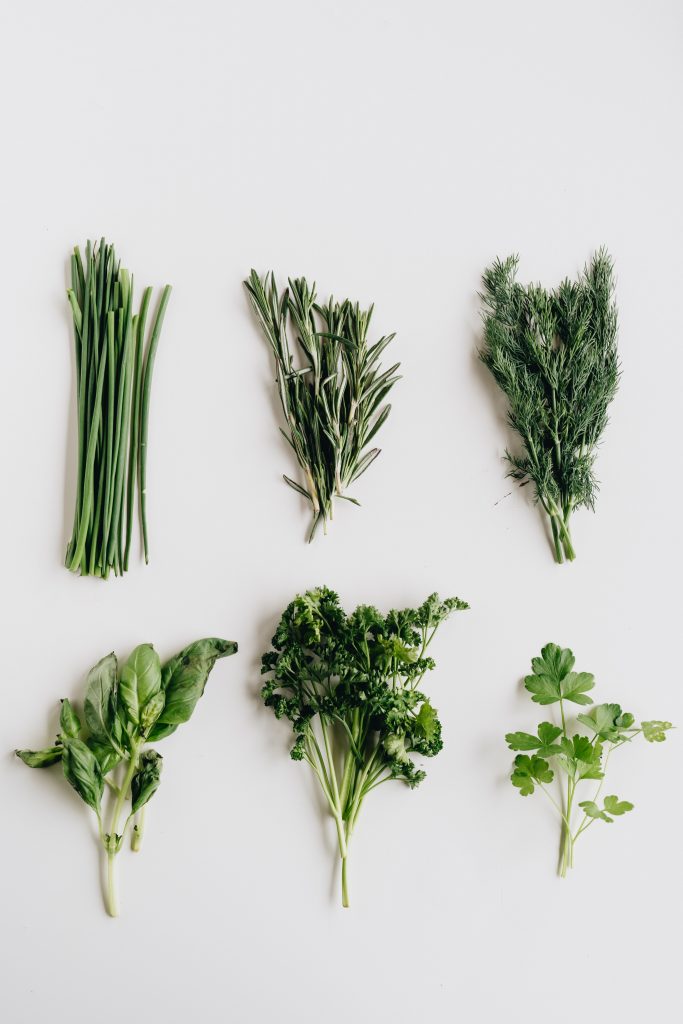Blog
Healing Herbs You Can Grow At Home
 I love having a bit of spring in my home with fresh plants. The winters in Calgary, Canada, can really get long and the greenery helps my spirit. While I love flowers, my favorite plants are herbs. They’re leaves are fragrant, so they add a lovely scent, while also improving air quality. Some herbs are good for cooking, while also providing health benefits. Just imagine how wonderful it would be to have cooking and healing herbs you can grow at home. Here are a few easy to grow ones that could add greenery to your life and flavor to your meals.
I love having a bit of spring in my home with fresh plants. The winters in Calgary, Canada, can really get long and the greenery helps my spirit. While I love flowers, my favorite plants are herbs. They’re leaves are fragrant, so they add a lovely scent, while also improving air quality. Some herbs are good for cooking, while also providing health benefits. Just imagine how wonderful it would be to have cooking and healing herbs you can grow at home. Here are a few easy to grow ones that could add greenery to your life and flavor to your meals.
Oregano is an antiseptic plant.
Italian, Spanish and Mexican dishes use oregano to add flavor. It’s relatively easy to grow, but you do need a grown in a sunny window with morning sun. Just like many herbs, it doesn’t require constant watering and is drought-resistant. Oregano is loaded with antioxidants, has antibacterial, antimicrobial and anti-inflammatory properties. It contains vitamins A, C, E and K, plus has iron, omega-3 fatty acids, calcium, niacin, magnesium and zinc. It can help with relieve gas and act as a diuretic. People use it to treat muscle pain, acne, dandruff, colds, bloating, headaches, menstrual cramps, asthma, toothaches, sore throats, and fever.
There are several types of basil, but holy basil has the most health benefits.
I’m a big basil fan. I love all the types of basil and there are quite a few. All types have medicinal properties, but Holy Basil, also called Tulsi, is the one used most for medicine. Its flavor is more clove-like, due the eugenol, which is higher compared to other types of basil. That type of basil is used for diseases like malaria, bronchitis, dysentery, diarrhea, eye disease, arthritis and more. All basil is used to treat gas, nausea, cuts and scrapes, headache, kidney stones, acne and coughs. It contains vitamins A, C, and K, plus copper, manganese, calcium, omega-3, iron and magnesium.
Sage has an interesting history.
In folk lore, bundles of sage were burned and the smoke was used to clear the house of negative spirits. However, using it in cooking is more common today. Sage is known for treating gum disease, menstrual cramps, excess sweating, asthma, depression, heart burn and even cold sores. It is an anti-inflammatory, anti-diabetic, anti-hypertensive, and has antimicrobial properties. It’s an antibiotic, tonic, astringent and natural stimulant. Just like many herbs, it needs a bright window. Many of those properties come from the flavonoids, volatile oils and vitamins A and K it contains.
- The tiny leaves of thyme can pack quite a wallop, and help treat coughs, congestion, gas, arthritis, sore throat and bronchitis. There are many different types and flavors of thyme and they’re all beautiful and delicious.
- You’ll have delicious lemony flavoring for your meals with lemon balm. It’s good for stomach pain, gas, migraines, insect bites, headaches, colds, fever, coughs, ADHD and menstrual cramps. It’s really easy to grow.
- Two flavors of basil that are particularly delicious smelling and tasting are lemon basil and cinnamon basil. The cinnamon basil has methyl cinnamate that makes it taste more like cinnamon.
- You can grow lavender in your home, but it isn’t used that often for cooking. Many of the uses of lavender are for the aroma, which is known to help people sleep.
For more information, contact us today at Jari Love


